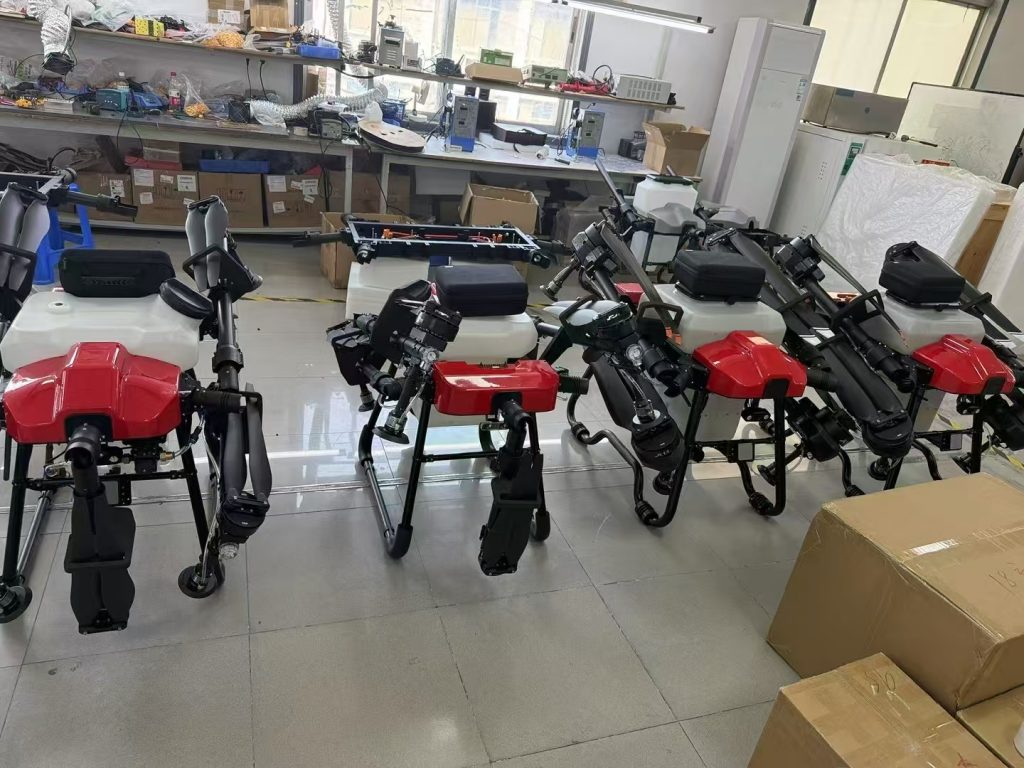
Every year, 2 million tons of pesticides are deployed across global farmland to combat pests, diseases, and weeds. Yet up to 50% of these chemicals never reach their target—instead, they drift into waterways, contaminate soil, poison pollinators like bees, and expose farmworkers to toxic fumes. For smallholder farmers in Kenya or India, manual spraying is backbreaking and dangerous; for large-scale farms in the U.S. or Brazil, manned aircraft are costly and imprecise.
Enter drone pesticide spraying: a fusion of robotics, AI, and remote sensing that delivers targeted, efficient, and sustainable crop protection. More than just a “tech gimmick,” this method is solving the oldest problems in agriculture—while paving the way for a future where farming feeds the world without destroying it.
What Is Drone Pesticide Spraying? A Precision Paradigm Shift
Drone pesticide spraying (also called “agricultural drone spraying” or “UAV crop dusting”) uses unmanned aerial vehicles (UAVs) equipped with specialized sensors, navigation systems, and spraying mechanisms to apply pesticides, herbicides, or fungicides only where needed. Unlike traditional methods—manual sprayers, tractors, or manned planes—drones:
-
Target specific zones: Using data from multispectral cameras to spray only pest-infected or nutrient-deficient areas.
-
Minimize waste: Reducing chemical use by 30–60% compared to blanket spraying.
-
Operate in hard-to-reach areas: Hills, rice paddies, or small plots where tractors can’t go.
At its core, drone spraying is data-driven crop protection. Every flight begins with a map, every spray decision is guided by analytics, and every drop of chemical is intentional.
Core Technologies: How Drones Deliver Perfect Precision
The magic of drone pesticide spraying lies in its integration of four key technologies—each solving a critical challenge of traditional methods.
1. Sensing & Mapping: The “Eyes” That Guide Precision
Before a drone sprays, it must know exactly where to spray. This starts with multispectral or hyperspectral cameras that capture light across dozens of wavelengths (visible, infrared, ultraviolet). Healthy plants reflect more near-infrared (NIR) light; stressed plants (damaged by pests, drought, or disease) reflect less.
AI algorithms process this data to generate NDVI (Normalized Difference Vegetation Index) maps—color-coded “health blueprints” of fields. For example:
-
Red areas = severe pest infestation.
-
Yellow areas = mild nutrient deficiency.
-
Green areas = healthy crops.
Some drones take this further with LiDAR (Light Detection and Ranging), which uses laser pulses to create 3D maps of terrain. This is critical for hilly fields—ensuring drones maintain consistent altitude and avoid collisions with trees or power lines.
Real-World Example: In China’s Jiangxi Province, rice farmers use DJI Agras drones with multispectral cameras to map fall armyworm outbreaks. The drones identify 10% of the field needing treatment—instead of spraying the entire 100-acre plot.
2. Navigation & Flight Control: Centimeter-Accurate Agility
To spray precisely, drones must fly exactly where programmed. This is enabled by RTK-GPS (Real-Time Kinematic Global Positioning System), which combines satellite signals with ground-based reference stations to achieve centimeter-level accuracy.
Unlike consumer drones (which drift by meters), agricultural drones with RTK-GPS:
-
Follow pre-planned flight paths without deviation.
-
Adjust for wind gusts or obstacles (e.g., a sudden bird flyby) in real time.
-
Ensure uniform spray overlap—critical for even coverage (traditional sprayers often miss spots or over-spray).
Advanced models add vision-based navigation: downward-facing cameras let drones “see” the ground and adjust trajectory mid-flight. This is a game-changer for orchards, where trees or vines create complex obstacles.
3. Spraying Systems: Less Chemicals, More Impact
The heart of a drone pesticide sprayer is its variable-rate spraying (VRT) system, which adjusts chemical flow based on the NDVI map. Here’s how it works:
-
Centrifugal Nozzles: Atomize liquid pesticides into micro-droplets (50–200 microns)—10x smaller than traditional sprayers. These tiny droplets stick to leaves better and drift less.
-
Smart Pumps: VRT adjusts pump pressure to deliver more chemical to infected zones and less to healthy ones. A drone can switch between “high” (5 L/acre) and “low” (1 L/acre) rates in seconds.
-
Downward Fans: Push droplets straight down onto crops—minimizing drift and ensuring 90%+ coverage (vs. 50–70% for manual sprayers).
Data Point: A 2022 study in Science Advances found drone-sprayed cotton fields in India had 45% less pesticide residue in nearby rivers than conventionally treated fields.
4. Swarm Intelligence: Scaling Coverage Without Sacrificing Precision
One drone can spray 50–100 acres per day—but a swarm (10–20 drones working together) can cover 500–2,000 acres. Swarm technology uses AI to:
-
Divide large fields into grid cells.
-
Assign each drone to a cell.
-
Coordinate flight paths to avoid collisions.
Case Study: In Brazil’s Mato Grosso soybean belt, a fleet of 15 DJI Agras drones sprayed 1,200 acres in a single day—cutting the time from 2 weeks (manual) to 1 day. Farmers saved $20,000 in labor costs and reduced chemical use by 40%.
Unmatched Advantages: Why Drone Spraying Beats Traditional Methods
To understand drone pesticide spraying’s impact, compare it to the status quo:
| Factor | Traditional Manual Spraying | Drone Pesticide Spraying |
|---|---|---|
| Chemical Use | High (50% waste) | Low (30–60% reduction) |
| Time to Cover 100 Acres | 3–5 days (manual labor) | 4–6 hours (1 drone) |
| Labor Cost | 500–1,000 | 100–200 (DaaS model) |
| Environmental Impact | High (runoff, drift) | Low (targeted, minimal waste) |
| Farmer Safety | High risk (chemical exposure) | Zero direct exposure |
1. Speed & Efficiency: Saving Crops When It Matters
Pests like fall armyworm or locusts spread fast—delayed spraying can wipe out entire harvests. Drones act as a “first response team”:
-
A single drone can treat 100 acres in a day—fast enough to stop an outbreak before it escalates.
-
In Kenya, smallholder maize farmers use drones to respond to fall armyworm alerts within 24 hours—reducing losses from 60% to 10%.
2. Precision: Target Pests, Spare the Planet
Drone spraying isn’t just about cutting costs—it’s about protecting ecosystems. By targeting only infected areas:
-
Pollinators: Bees and butterflies are not exposed to widespread chemical drift.
-
Waterways: Less runoff means cleaner rivers and healthier aquatic life.
-
Soil: Reduced chemical load improves soil microbial health—critical for long-term fertility.
3. Farmer Safety: No More Poisoning
Pesticide poisoning kills 200,000 people annually, mostly farmworkers in developing countries. Drone spraying eliminates direct contact with chemicals:
-
No mixing toxic solutions.
-
No inhaling fumes.
-
No skin burns from handling sprayers.
A Farmer’s Story: Liu Wei, a rice farmer in Guangdong, China, used to spray his 20-acre field with a backpack sprayer. “I’d cough all night, and my hands would blister,” he says. Now, he hires a drone service: “My crops are healthier, and I’m not risking my life.”
Real-World Impact: Case Studies from Global Farms
Drone pesticide spraying isn’t just a lab experiment—it’s transforming lives and livelihoods worldwide.
1. Smallholder Rice Farms in China: Doubling Yields, Halving Costs
In Guangdong Province, 80% of farmers work on plots smaller than 3 acres. Drones-as-a-Service (DaaS) providers like AeroCenta offer spraying for $5/acre—affordable for smallholders. One farmer, Chen Li, used drones to treat his rice field for stem borers:
-
Chemical Use: Down from 8 L/acre to 3 L/acre.
-
Yield: Up from 800 kg/acre to 1,200 kg/acre.
-
Profit: Increased by $1,500/year—enough to send his daughter to college.
2. Cotton Fields in India: Reducing Chemical Use by 50%
India is the world’s largest cotton producer—and one of its biggest pesticide users. In Maharashtra, cotton farmers used to spray 12 times per season. With drones:
-
Spray Frequency: Cut to 6 times.
-
Chemical Cost: Down from 200/acre to 100/acre.
-
Yield: Up 15% (due to healthier plants).
The state government now subsidizes drone spraying for smallholders—aiming to reach 1 million acres by 2026.
3. Vineyards in California: Boosting Quality & Sustainability
California’s Napa Valley vineyards are known for premium grapes—but pest control is a challenge. TerraVine Farms uses DJI Agras drones to spray sulfur (for powdery mildew) only on infected vines:
-
Sulfur Use: Reduced by 40%.
-
Grape Quality: Sugar content increased by 10% (better for wine).
-
Carbon Footprint: Lowered by 25% (less tractor use for spraying).
Overcoming Barriers: Challenges to Widespread Adoption
Despite its potential, drone pesticide spraying faces three key hurdles:
1. Regulatory Hurdles: Navigating Airspace Rules
Airspace regulations vary wildly across countries:
-
U.S. (FAA): Requires Part 107 certification for commercial drone pilots.
-
EU (EASA): Limits flight altitude to 120m and payload to 2 kg—too small for large farms.
-
India: Recently relaxed rules but still requires permits for fleets larger than 5 drones.
Solutions: Governments are starting to adapt—China now allows drone swarms up to 1,000 units with a single permit.
2. Battery & Payload Limits: Extending Flight Time
Most agricultural drones have a 20–30 minute flight time and carry 5–20 liters of liquid. This limits coverage per charge—especially for large farms.
Emerging Tech: Solid-state batteries (5x longer life than lithium-ion) and hydrogen fuel cells are in development. Companies like XAG already offer drones with 40-minute flight times—covering 150 acres per charge.
3. Cost & Training: Making Technology Accessible
High-end drones cost 10,000–50,000—out of reach for many smallholders.
DaaS Model: Drone-as-a-Service solves this—farmers pay per acre (5–15) instead of buying drones. Companies like SenseFly and DJI train local operators to run the service—creating jobs and scaling access.
The Future: What’s Next for Drone Pesticide Spraying?
The next decade will see drone spraying become even smarter, greener, and more autonomous:
1. AI-Driven Autonomy: Drones That Think for Themselves
Future drones will use real-time data (weather, pest outbreaks, soil moisture) to adjust spraying mid-flight. For example:
-
If rain is forecast, the drone will pause spraying to avoid drift.
-
If a new pest outbreak is detected, the drone will switch to a targeted “spot spray” mode.
2. Next-Gen Batteries: Powering Longer, Heavier Missions
Solid-state batteries and hydrogen fuel cells will extend flight time to 60+ minutes—allowing drones to cover 200+ acres per charge. This will make them viable for large-scale farms in the U.S. and Brazil.
3. IoT Integration: The Smart Farm Ecosystem
Drones will work with soil sensors, weather stations, and farm robots to create a fully automated system:
-
Soil sensors detect low nitrogen → drone sprays a targeted nitrogen solution.
-
Weather stations predict drought → drone activates precision irrigation.
4. Sustainability at Scale
Drone spraying will play a key role in achieving UN Sustainable Development Goal 2 (Zero Hunger) and Goal 13 (Climate Action). By reducing chemical use and runoff, drones will help farms become carbon-negative—while feeding a growing population.
Conclusion: Drone Spraying as a Cornerstone of Sustainable Agriculture
Drone pesticide spraying is more than a tool—it’s a revolution in how we protect crops. It solves the problems of traditional methods: high waste, environmental harm, and farmer risk. It empowers smallholders and scales for large farms. And it’s part of a bigger shift toward a food system that’s productive and sustainable.
As Liu Wei, the Guangdong rice farmer, puts it: “Drones don’t just spray pesticides—they spray hope. Hope for better yields, hope for a healthier planet, hope for my family’s future.”
The sky’s the limit for drone pesticide spraying—and for the future of agriculture.
Final Stat: By 2030, the global agricultural drone market is projected to reach $12 billion—with drone spraying accounting for 40% of that growth. The revolution is already here. And it’s flying.
THE END

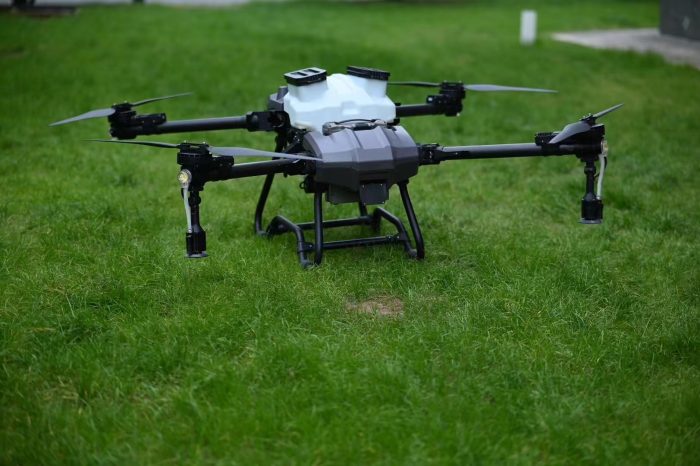
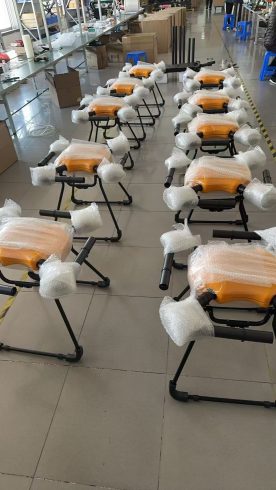
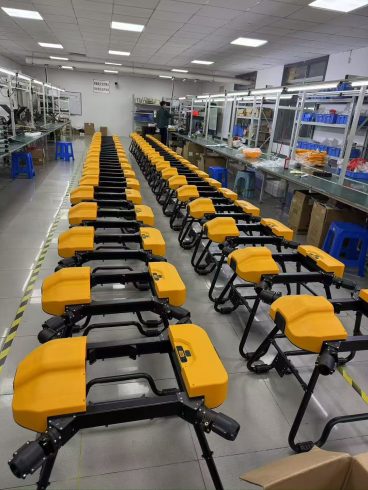


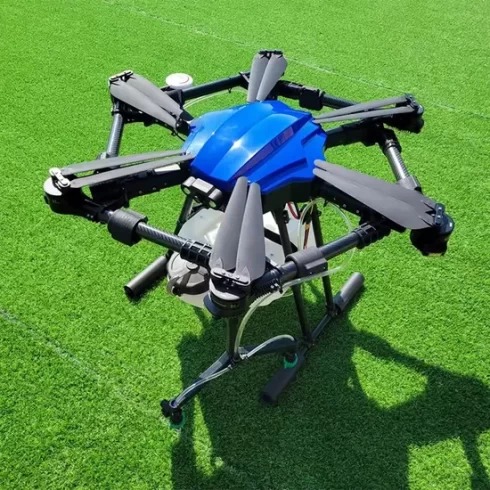

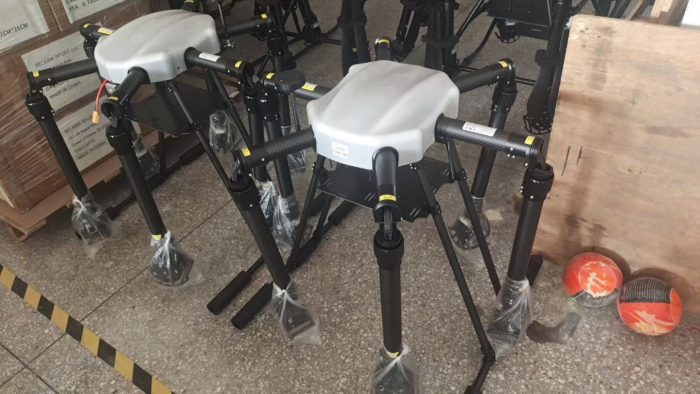

暂无评论内容